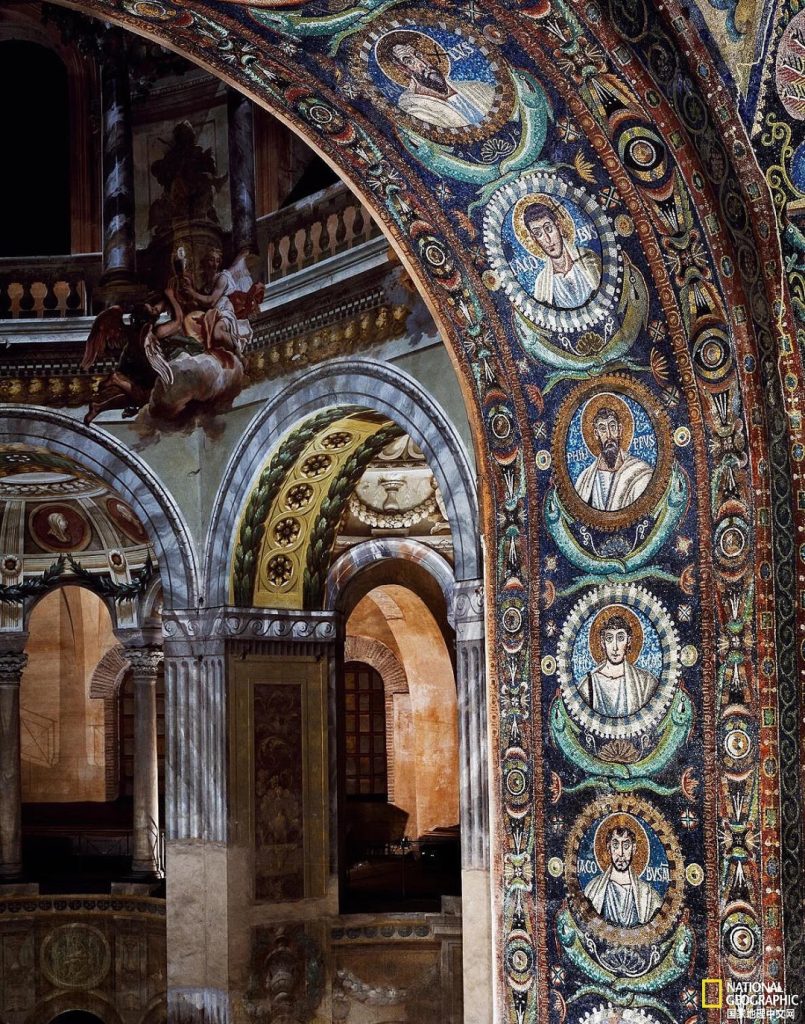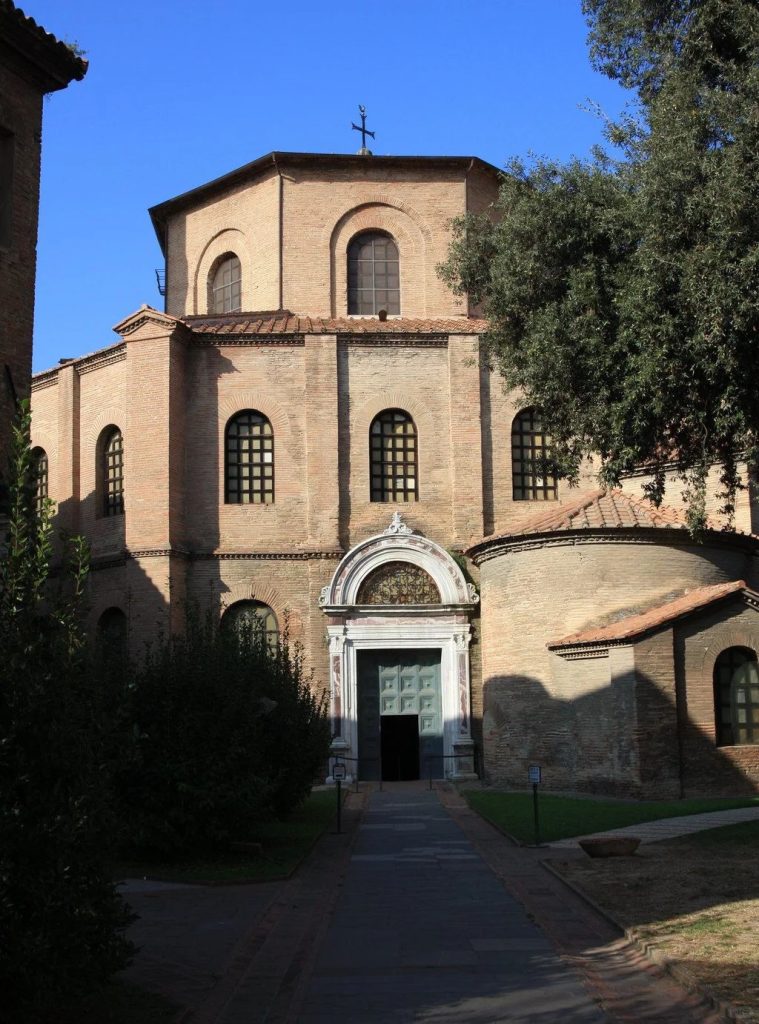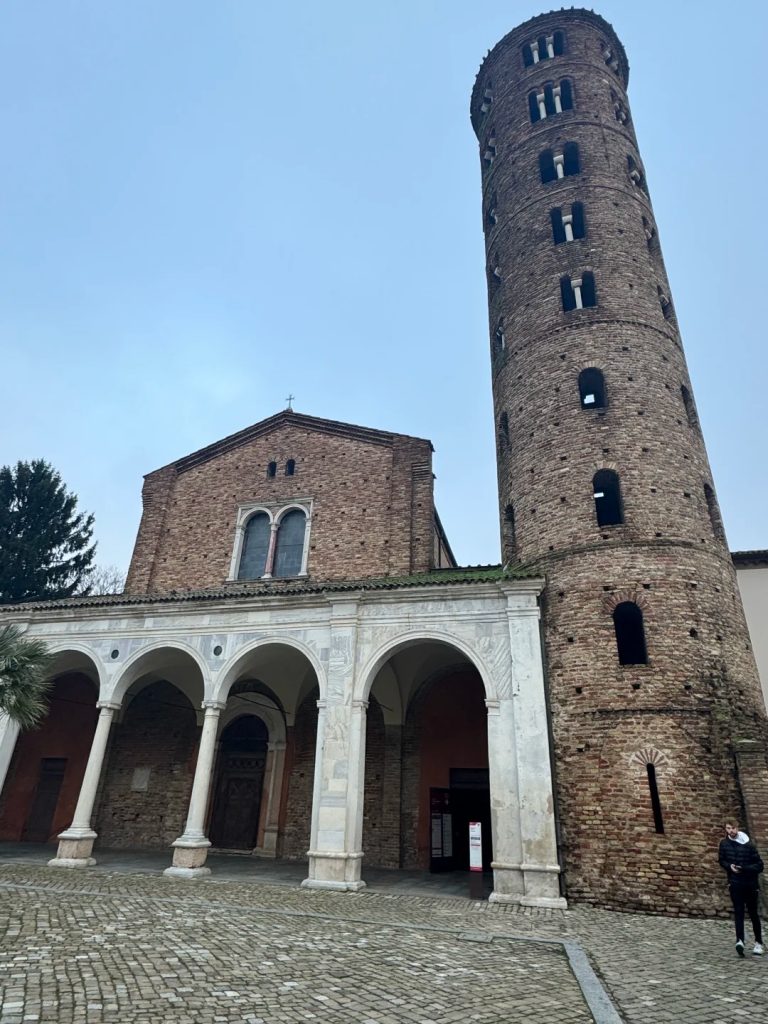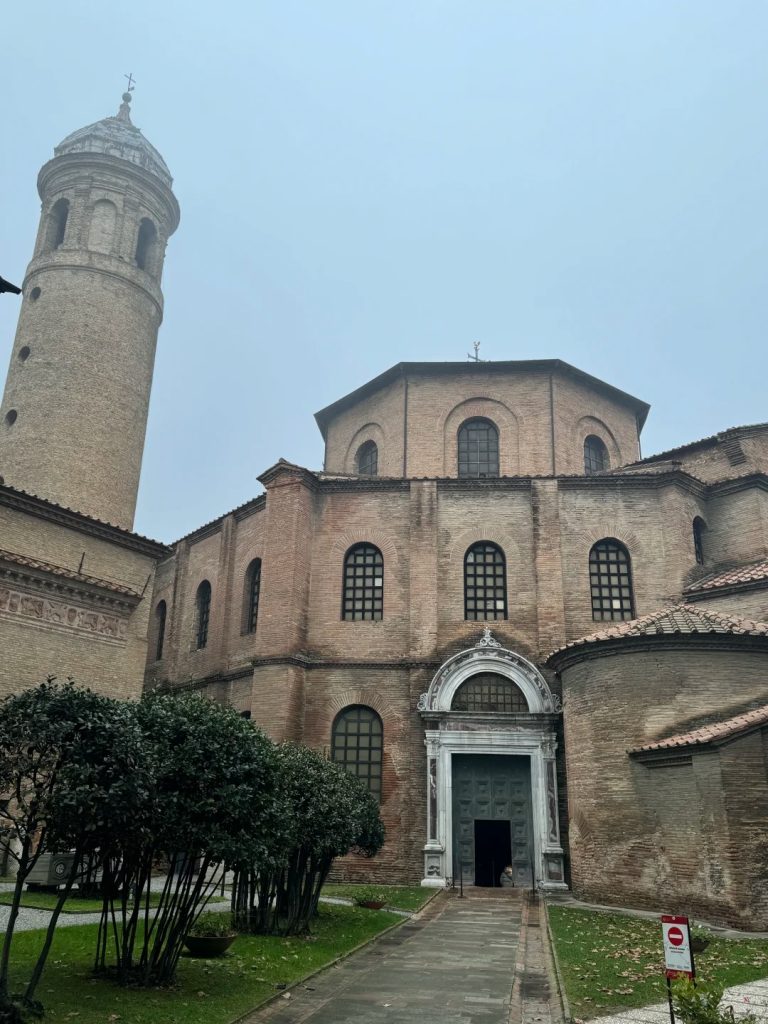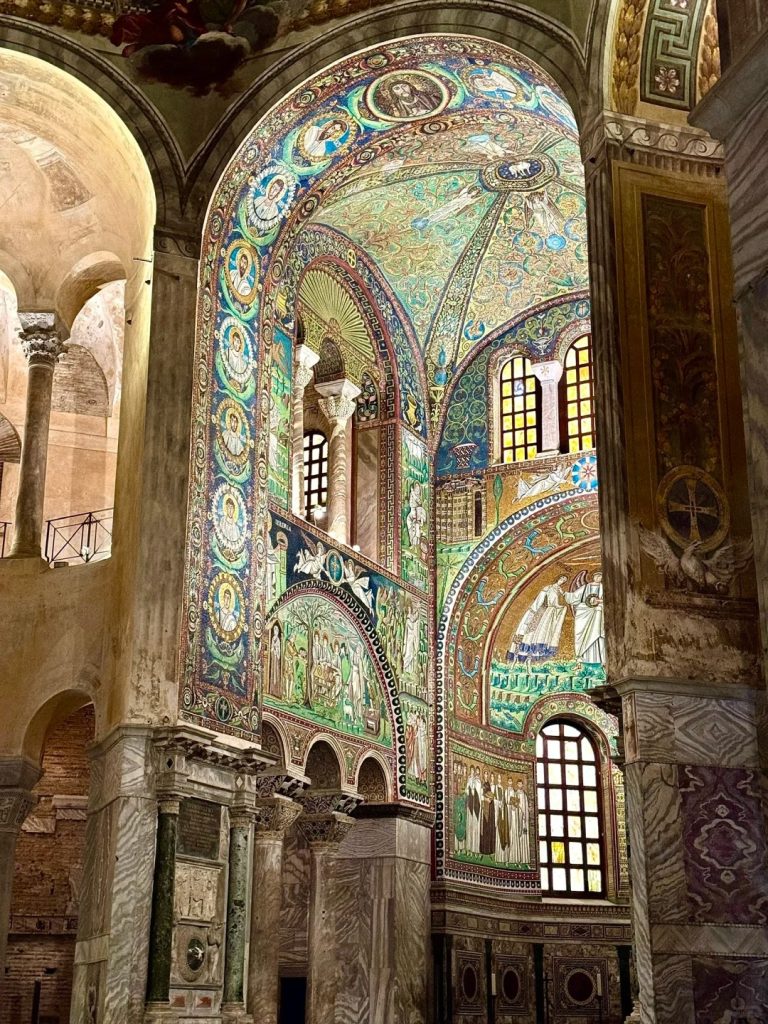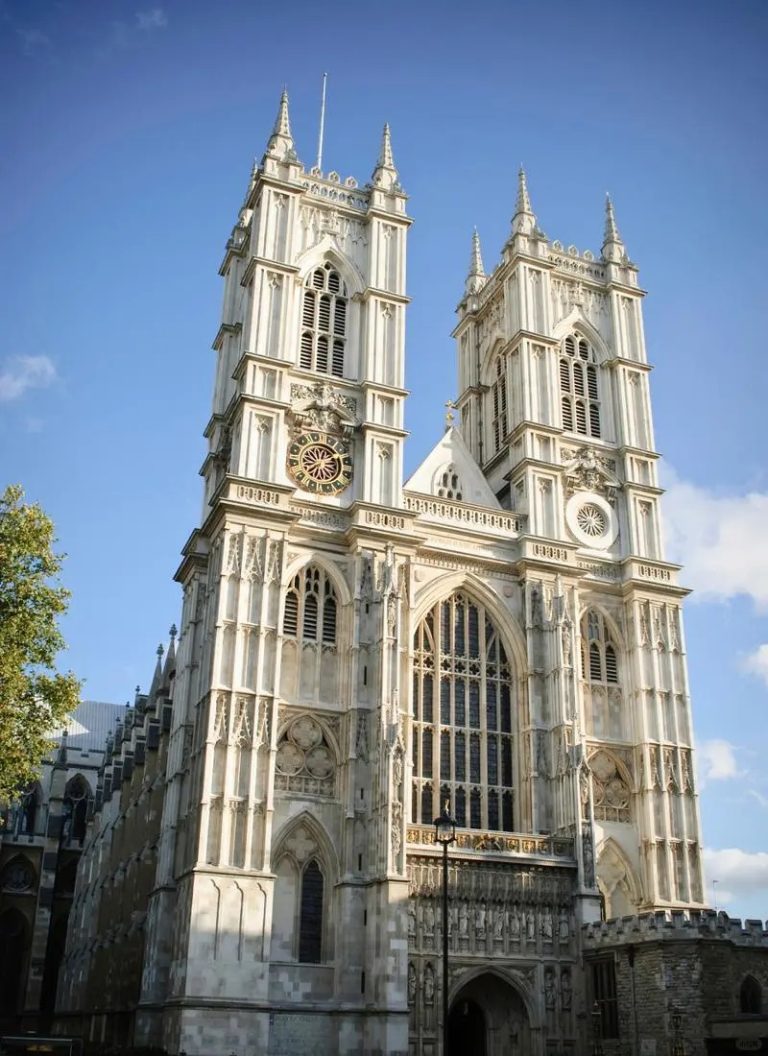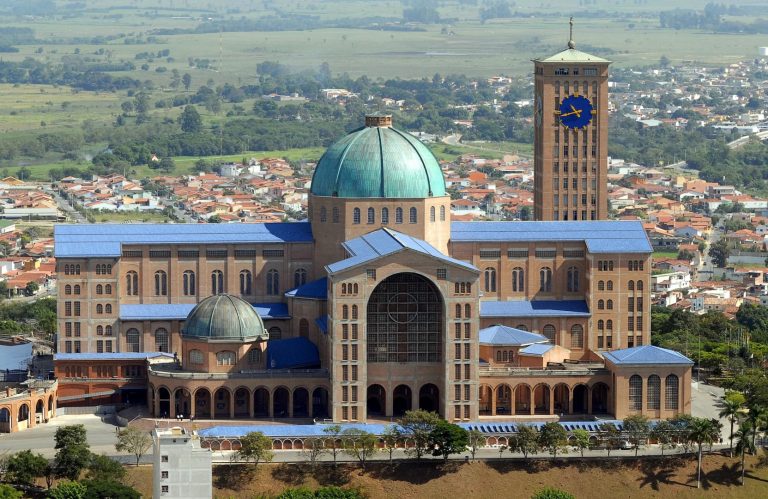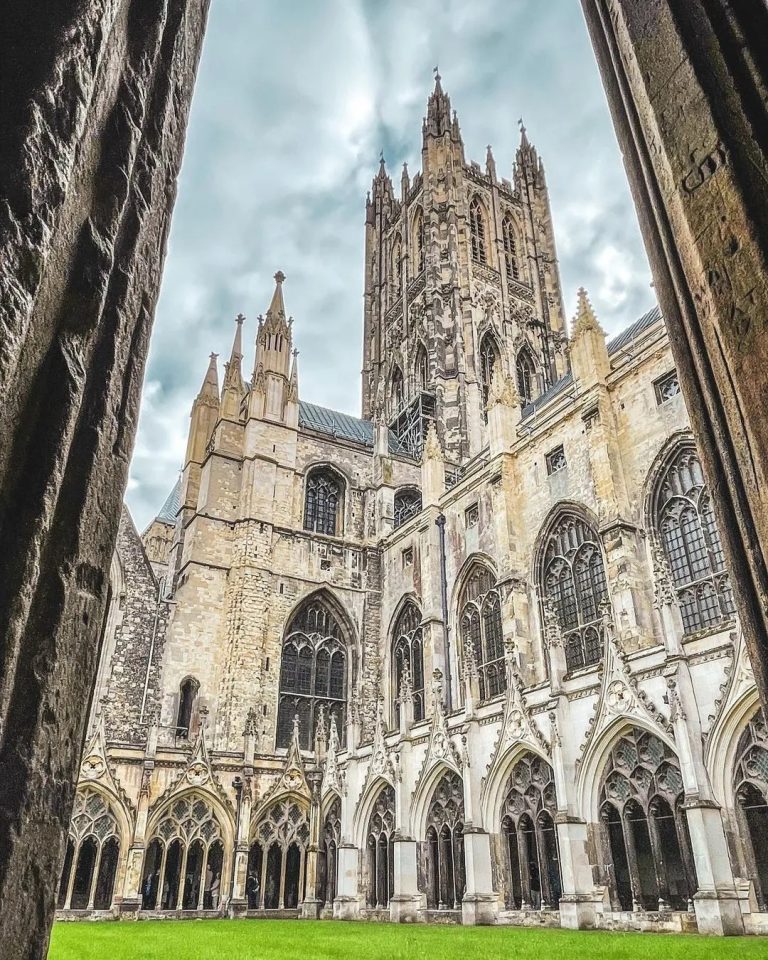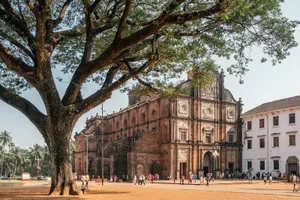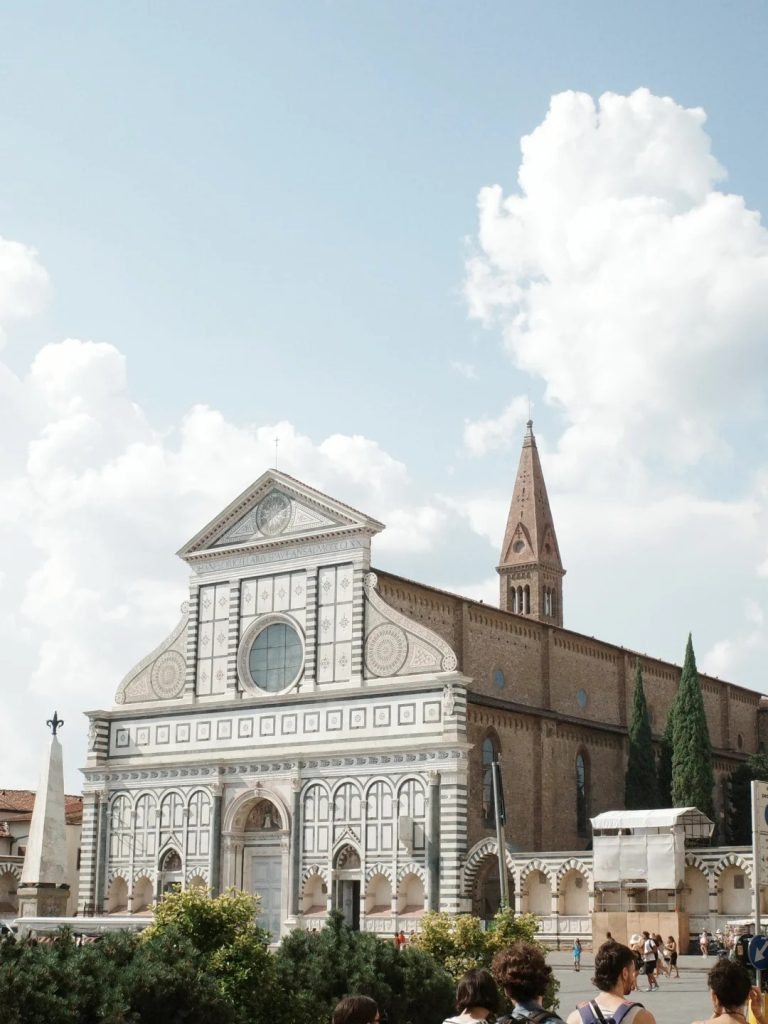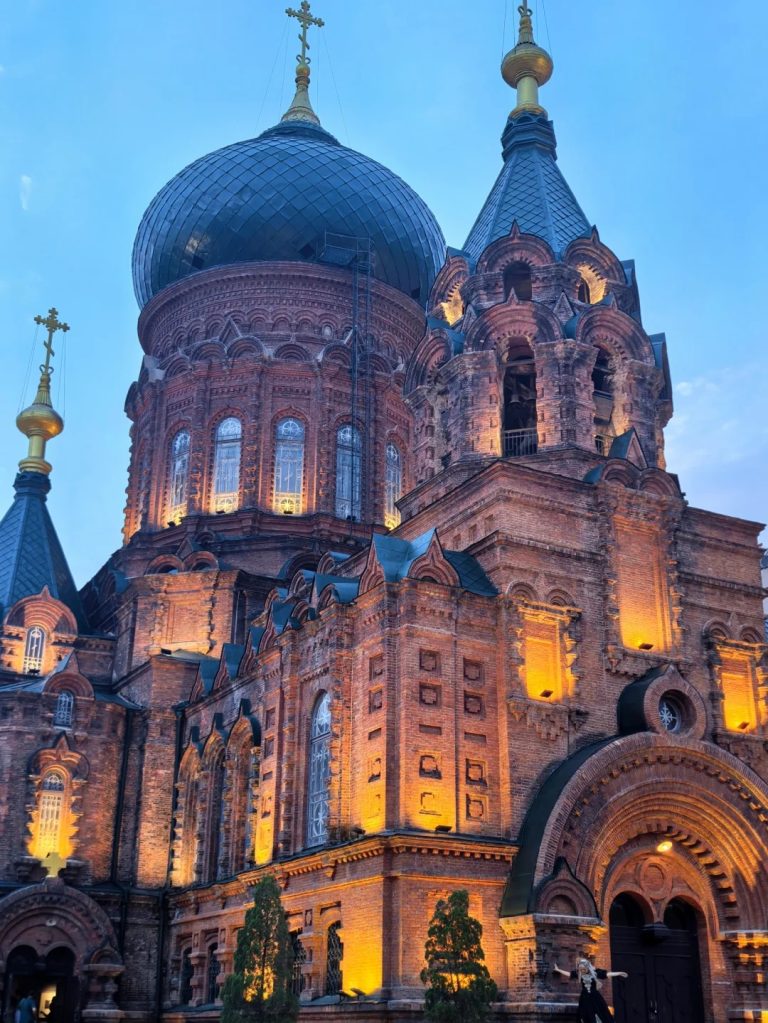Basilica of San Vitale, Ravenna, Italy
- Images: The basilica’s Byzantine architecture is a sight to behold. Its octagonal layout sets it apart, with elaborate mosaics adorning every inch. The interior, a veritable masterpiece of early Christian art, features walls and ceilings completely covered in these mosaics. From the moment you step inside, you’re greeted with a kaleidoscope of colors and intricate patterns, as if the stories from the Bible and the lives of saints are unfolding right before your eyes.
- History: Constructed in the 6th century, Basilica of San Vitale has a rich and storied past. It was built during a time of great cultural and religious significance, serving as a center of worship and a symbol of the Byzantine influence in the region. Over the centuries, it has withstood the test of time, surviving various historical events and changes in the political and cultural landscape.
- Architectural Features: Its octagonal plan is a unique architectural choice, distinguishing it from many other churches. The use of mosaics is not only aesthetically pleasing but also a testament to the advanced craftsmanship of the era. The columns, arches, and domes are all carefully designed, creating a harmonious and awe – inspiring space. The combination of these elements showcases the essence of Byzantine architecture, with its focus on symmetry, grandeur, and intricate ornamentation.
- Significance: As an outstanding example of Byzantine architecture outside of Constantinople, it holds great historical and cultural value. The mosaics, which depict scenes from the Bible and the lives of saints, are not only works of art but also important historical records. They provide insights into the religious beliefs, social life, and artistic styles of the time. It has also been a place of pilgrimage for centuries, attracting believers and art enthusiasts alike.
- Current Situation: Today, the basilica remains a well – preserved monument. It continues to attract tourists and scholars from around the world who come to admire its architecture and study its mosaics. The local authorities and preservationists have been working hard to maintain its integrity and ensure that future generations can also appreciate its beauty. Regular restoration and maintenance work are carried out to keep the mosaics and the building in good condition.
Location: Situated in Ravenna, Italy, it is a UNESCO World Heritage Site, standing as a symbol of the city’s rich historical and cultural heritage. Ravenna, known for its numerous well – preserved Byzantine structures, provides the perfect backdrop for this architectural gem.
Opening Hours: 9:00 – 19:00 (times may vary).
